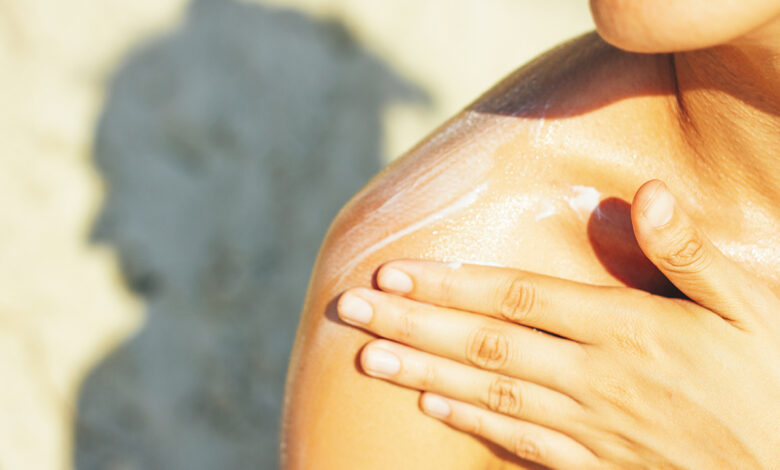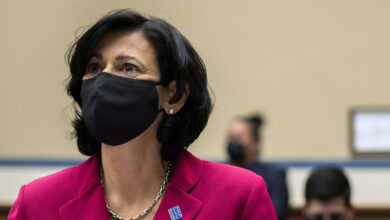How to treat a sunburn: Signs to watch for this summer

Millions of Americans are headed to the beach or an outdoor BBQ with friends and family to celebrate the Fourth of July this weekend, meaning hours of potential sun exposure which could lead to sunburn. While sunburn is usually not immediately apparent – symptoms typically set in about four hours after exposure – there are steps you can take to prevent it, or ways to find relief from the itchy, sometimes painful aftermath.
First, it’s important to know how and why sunburn occurs. According to Dr. Gregory Papadeas, board-certified dermatologist and a member of the American Academy of Dermatology (AAD), sunburn is an acute inflammatory response of normal skin primarily after exposure to ultra-light radiation, i.e. sunlight, but can also be caused by artificial sources like a tanning bed.
The Centers for Disease Control and Prevention (CDC) warns that sunburn may actually worsen 24-36 hours following exposure. It usually resolves in about 3-5 days, the agency said, but symptoms during that time may include red, warm and tender skin, swollen skin, blistering, headache, fever, nausea and even fatigue. Skin peeling may not even begin until 3-8 days after exposure.
DOZENS OF SUNSCREENS HAVE CANCER-CAUSING CHEMICAL, LAB CLAIMS
Papadeas explained that there are different degrees of burns as well, including mild which may produce redness, moderate, which may result in redness and blistering, and severe, which could cause redness, blistering, and “constitutional symptoms” like headache, chills, fever and weakness.
While the CDC warns that there is no “quick cure” to treat a minor sunburn, symptoms can be treated with aspirin, acetaminophen or ibuprofen to relieve pain and reduce headache or fever. Drinking water can help replace fluid losses, as can cool baths or gentle application of cool wet cloths.
Blistered skin should be allowed to heal untouched, and that if you have chills, a headache or a fever you should seek immediate medical care.
“Most often one with a mild case should immediately get out of the sun, wear protective clothing and apply moisturizers liberally or a cool gel,” Papadeas said. “If moderate, one should use topical cool dressings and topical steroids. If severe, one may require bedrest and possibly hospitalization.”
He advised that severe cases be seen by a board-certified dermatologist and that multiple instances of a moderate sunburn could have severe consequences.
“The more sun exposure one obtains in their lifetime, the higher risk for developing skin cancer,” he said. “If one receives two moderate sunburns in their lifetime, they increase the chances of developing malignant melanoma twofold.”
CLICK HERE TO GET THE FOX NEWS APP
Ways to prevent sunburn include seeking shade, using sunscreen or wearing protective clothing when outside. The CDC also recommends using sunscreen that blocks both UVA and UVB rays and has an SPF of 15 or higher, and that it should be put on before heading outside.
Source link






